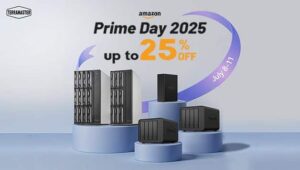Before diving into the color palette for your walls, take a moment to understand your space and your goals. What kind of atmosphere do you want to create? What room are you working with? What natural lighting is available?
If you have a small room that you want to appear larger, you may want to opt for light and soft colors. If you’re looking for a cozy ambiance in your living room, warm colors might be the perfect choice. But let’s dive deeper into how to choose the perfect color for your walls.
The orientation of the room
The orientation of your room can affect the perception of color. Rooms that receive a lot of natural light throughout the day can handle darker colors.
On the other hand, rooms with limited lighting can benefit from lighter and brighter colors. Observe how light affects your space at different times of the day to make an informed decision.

Define your style
The color of your walls should reflect your personal style and complement the existing decor. Are you someone who loves modern and minimalist? Neutral tones and soft colors could be ideal. If you’re more daring and creative, consider vibrant colors or bold combinations. Your color choice should make you feel comfortable and in tune with the space.
Once you have an idea of your preferences and the room’s orientation, start creating a color palette. Gather paint samples, online palettes, or inspiring images that you like. Play with different options and see how they feel together. This will help you visualize how the color will look in your space.
Try paint samples
Paint samples are your best friends when it comes to choosing the perfect color. Most paint stores offer color samples that you can try on your walls before making a final decision. Paint a small area on the wall and observe how its appearance changes with natural and artificial light throughout the day. This will give you a clear idea if the color is right.
Consider the psychology of color
Every color has emotional and psychological associations. For example, blue is often associated with calmness and serenity, while red can evoke excitement and passion. Consider how you want your walls to make you feel. If you’re choosing the color for a workspace, choose a color that encourages concentration and productivity.

Coordinate with furniture and decor
The color of your walls should coordinate with your existing furniture and decor. Consider the color scheme of your furniture, curtains, and accessories. Make sure the new wall color harmonizes with the furniture and doesn’t clash with it. Coordination creates a balanced and harmonious environment.
Try neutral colors
If you’re unsure of what color to choose or prefer a more versatile color palette, neutrals are an excellent option. Neutral colors such as white, beige, gray, and earth tones are timeless and adapt to almost any style of decor. You can add pops of color with accessories and decorations.
If you feel inspired and want to make a bold statement, don’t be afraid to go for unusual or intense colors. Vibrant colors can be striking and create a unique atmosphere. Make sure to balance them with softer or neutral tones to avoid the room feeling overwhelming.
Try temporary colors
If you’re still undecided, consider temporary options such as removable wallpaper or washable paint. This will allow you to experiment with color without the long-term commitment. If you’re not satisfied with the result, you can easily change it.
At the end of the day, color choice is a personal decision. Listen to your intuition and choose the color that makes you feel most comfortable and happy in your space. After all, you’re the one who will spend most of the time there.
Source: MiMub in Spanish












